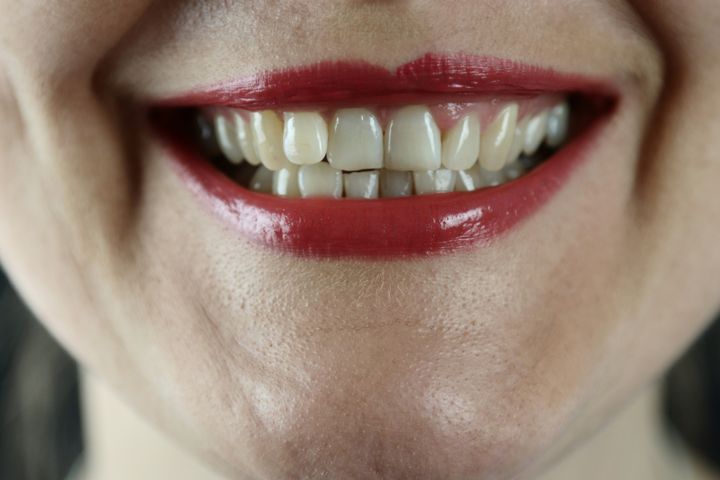
As we age, our bodies change. We settle into our bones and carry souvenirs of a life well-lived in the form of wrinkles, smile lines and greying hair.
However, a less visible but just as important change is in our teeth.
According to cosmetic dentist Dr Sahil Patel from Marylebone Smile Clinic, recognising the changes in our teeth and dental health is essential throughout the decades of our life, and knowing what to expect could be the key to ensuring that the road ahead isn’t too rough.
What to expect from your teeth as you age
Ages 20-30
Dr Patel states that during your 20s, there are three stages to keep in mind:
- Completion of the face and lower jaw, which can cause some lower incisor crowding in your 20s. This can lead to crooked teeth and increases the speed of teeth being worn down.
- Wisdom teeth begin to come through, which can be uncomfortable and some cases, requires removal of the teeth. Dr Patel recommends ensuring that these back teeth are clean as they grow in.
- An interest in cosmetic dentistry. As people in their 20s have their first breaths of independence, Dr Patel urges that young people don’t jump straight into cosmetic dentistry and instead take their time to ensure that they definitely want, and are suitable for, the treatments.
Ages 30-40
Dr Patel said: “Many couples are having children later in their 30s, and this compounded with increased stress in this stage of life can cause night or day time grinding.
“This accelerates tooth wear and can create small, flat and square teeth. Pregnancy related gum issues combined with this makes your 30′s a potentially damaging time for your teeth and smile.”
He also urged that during this decade, our teeth are likely to drift slowly, which can exacerbate teeth crowding.
Ages 40-50
Dr Patel said: “At middle age, you can expect to show less of your front teeth, and a little more of your lower teeth when you speak/smile.
“This is due to two factors; the natural and/or accelerated wear of the edges of teeth, and the weakening of the collagen in our lips as we age, dropping them lower down on our face.”
He also urged that accumulated stresses on teeth and fillings often come to a breaking point during this decade, and if people in their 40s don’t keep up with regular dental appointments, they can expect chipping, loosening of the ligament supporting the tooth, gum recession and yellowing of the colour.
Ages 50-60
Dr Patel said: “The gradual yellowing of teeth accelerates in this decade, due to internal pigments from food/drink/lifestyle habits penetrating deeper into the tooth and the nerve retreating from the tooth itself.
“Expect the edges of your teeth become squarer and smaller, with crooked teeth becoming commonplace in this decade.”
Age 60+
Dr Patel urged: “At the interface between middle and advanced age, your 60s may involve loosing teeth or requiring significant dental work to maintain the teeth at their original shape and functionality.
“Many may not seek dental treatment at this stage in favour of ‘aging gracefully’, but there are very few people who will survive to 60 without some significant dental work present or in need of maintenance.”
How often you should go to the dentist
The NHS recommends that people go for regular checkups, though depending on the health of the teeth and gums, this can be anything from every six months to every two years.